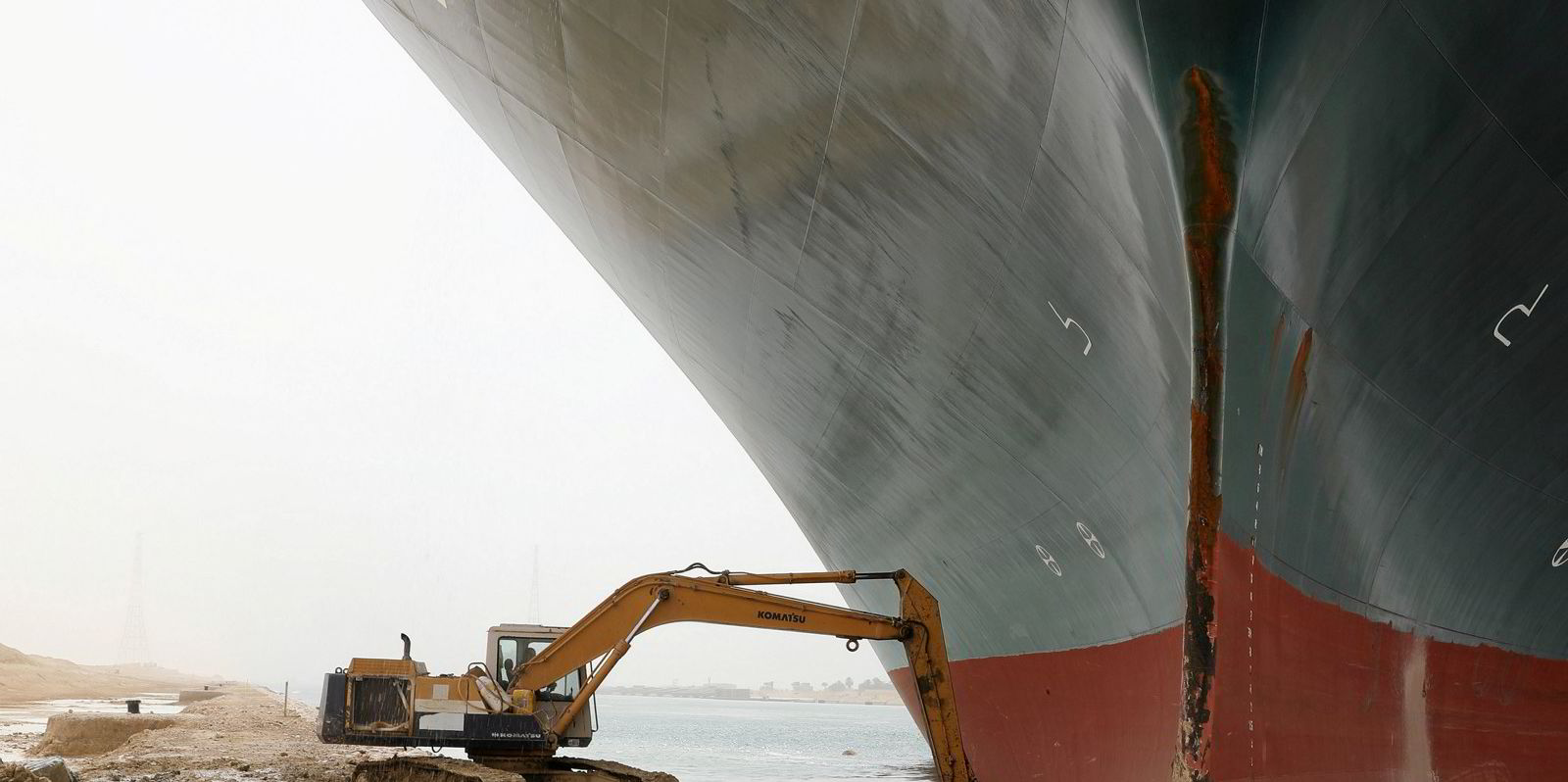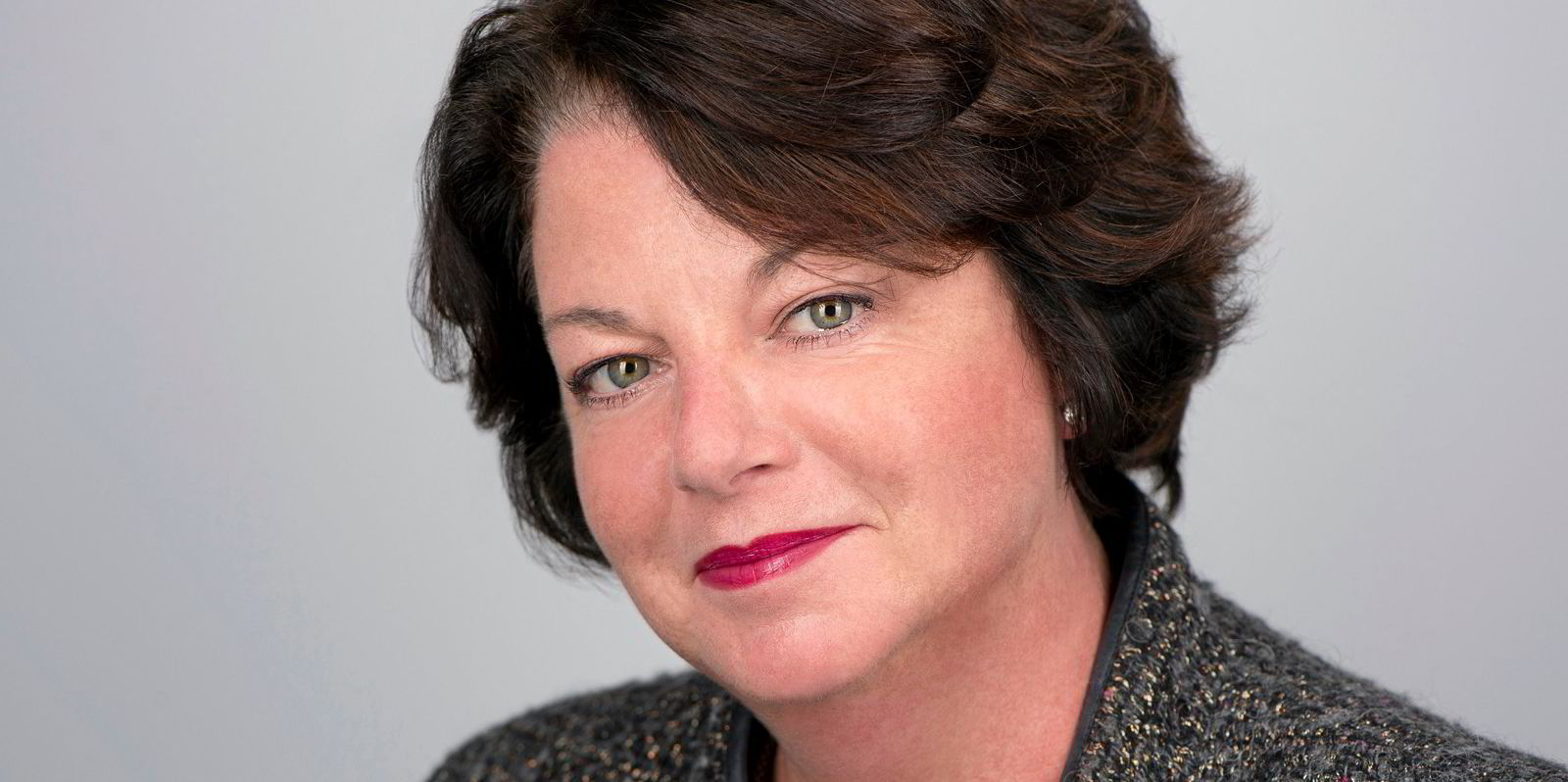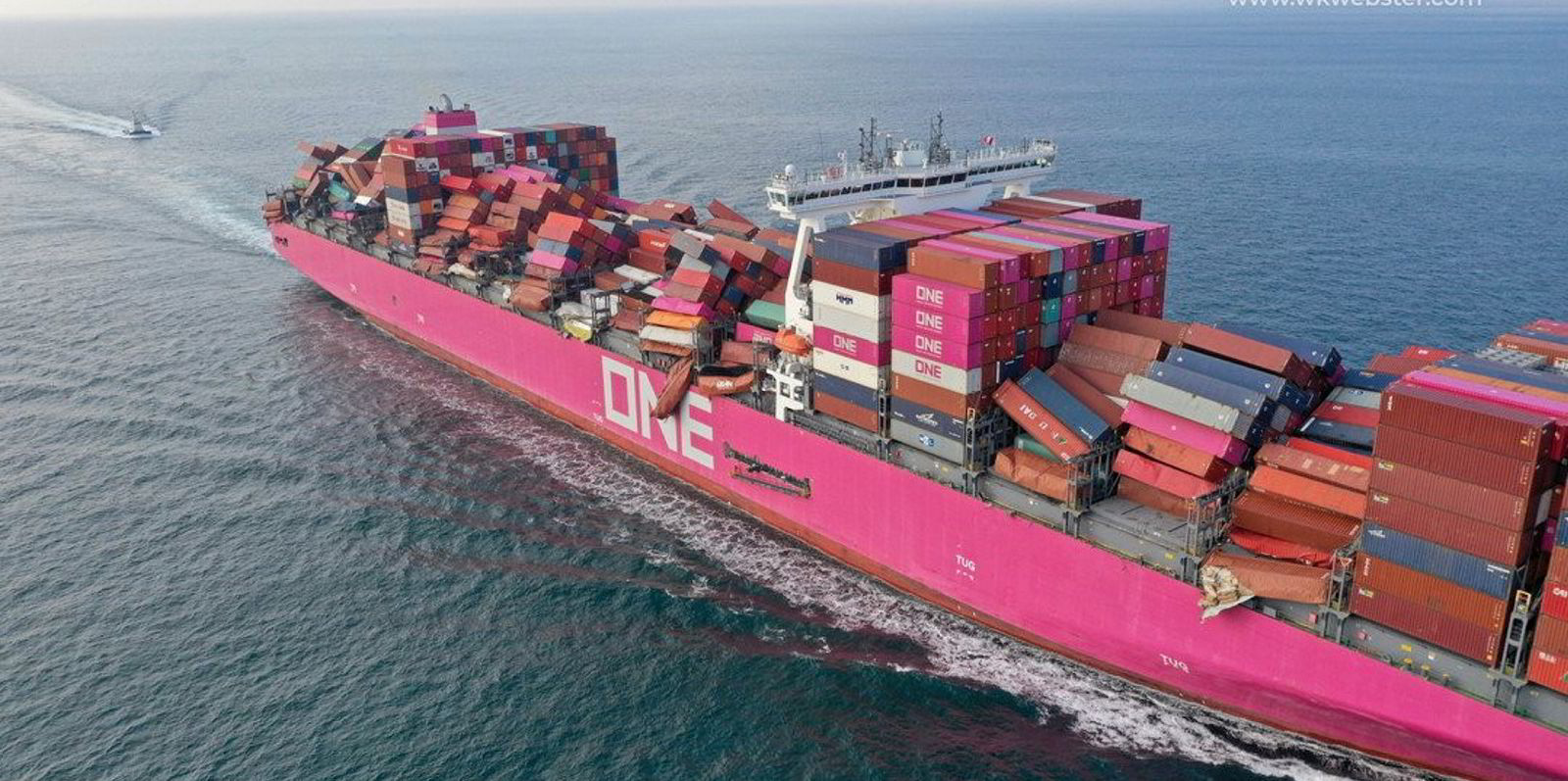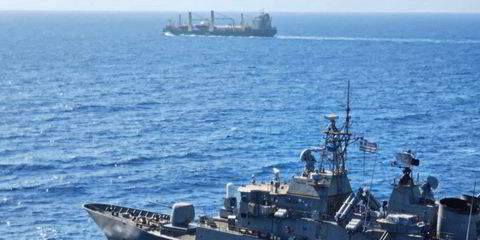The prospects for the marine cargo market did not look good in late March as pictures of 20,000 containers stranded on a ultra-large containership in the Suez Canal were broadcast around the world.
The declaration of general average, talk of claims running into the hundreds of millions of dollars, and the arrest and detention of the 20,388-teu Ever Given (built 2018) have added to concerns over the cost to cargo insurers.
The prospect of a major claim could not have come at a worse time, as the market has been going through a fragile period of recovery over the past two years.
But, in the experience of Melanie Buitendag, associate director of cargo at insurance broker Gallagher, the incident should not have an immediate impact on market fortunes.
She pointed out that the claims picture is far from certain and could take years to unravel. Also, in instances such as containership casualties, where cargo cover is spread among numerous providers, the impact on the market tends to be diluted.
“We won’t know how it [the claims] will develop for a long time but, when you have a lot of cargoes spread across the market, then the impact is not as large,” she said. “For the moment, I don’t think it will be market-changing.”
She points out that it is in instances where insurance cover is more concentrated, such as the 2019 lightning strike and fire at the Jim Beam distillery in Kentucky, in which claims tend to affect the market more.
The Jim Beam incident ran up a reported $150m in losses for cargo insurers.
Improved earnings
Gallagher recently reported that cargo underwriters are starting to show improved earnings after running up years of losses. The improved market is largely due to a withdrawal of capacity from the Lloyd’s of London and London company market in 2019 that boosted rates.
Buitendag said the turn around in the sector’s fortunes has been indicated by a recent increase of capacity last year that has been attracted back by the improved returns.

The additional capacity that has come on stream has now started to help flatten out the rate rises.
“It was good to see that, because it needed to happen, the market needed to firm,” Buitendag said. “But now we are in a position where we are seeing smaller and more tempered rate rises.”
Her own prediction is that rates will still rise this year but, depending on the type of risk, increases should be kept under 15%.
But it is not only in terms of earnings that the cargo market has seen improvements. Buitendag said the pandemic and the resulting closure of the Lloyd’s of London market have helped to improve some working practices.
“I was surprised at how well everyone adapted so quickly," she said. "We’ve become much more efficient in how we work.”
She expects the changes to be lasting, and that a five-day week in the office may be a thing of the past, as the London insurance community has got used to working from home.
Face to face
However, she is keen to see the London and international markets open up their offices again this summer as face-to-face communication plays an important role in the world of cargo insurance.
“It has been much harder communicating with international clients," she said. "You can’t look at everyone on a Zoom call. It is important to get out there again and see where the market is at.”
Buitendag was also quick to dismiss the idea that cargo insurance broking — because it is a high-volume business — lends itself to digital insurance placement.
She said understanding the details of countless numbers of cargoes that have to be covered is critical to the business.
She recalls that it was the specialised nature of cargo insurance that got her interested in the first place.
“It’s a job where you’re always learning something new,” she said.
That knowledge base cannot be replicated in digital processes, she added.
She said getting a grasp of the risk each cargo presents to underwriters is a critical part of a broker’s job that cannot be automated.









